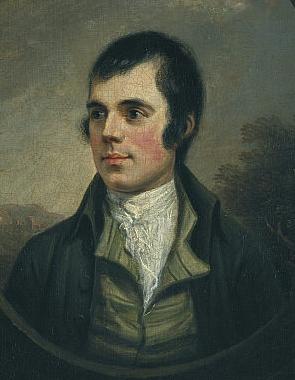Catherine 'Kitty' Stephens

A short while ago, we shared with you what we had learnt about the harp-lute and its popularity during the late eighteenth and early nineteenth century. One of our lovely readers pointed out that the painting we had shared with you, of a young lady playing the harp-lute, was in itself rather quite interesting and we had to agree!
The portrait depicts Catherine 'Kitty' Stephens, an operatic singer and actress who rose to acclaim in the early nineteenth century. She was born in 1794 and her father, Edward Stephens, was a carver and gilder who had a studio in Grosvenor Square, London. At the early age of thirteen, she had already shown some musical talent and her father subsequently sent her to study under Gesualdo Lanza, an Italian music teacher. Lanza was the son of a music composer and made his career in London, benefitting from the English love of Italian opera.
Stephens, who began studying with Lanza in 1807, sang under his supervision here in Bath, as well as in Bristol, Southampton and Margate. In 1812, Stephens' tutelage with Lanza ended and she began to study with Thomas Welsh, an English composer and operatic singer.
Her debut before the public came in 1813 when she performed at Covent Garden in the hugely popular English opera Artaxerxes, which we discussed a few weeks back in one of our blogs. This performance gained her immediate success and she went on to perform in two other operas in that same year- Beggar's Opera by John Gay and The Duenna by Thomas Linley.
As she became more and more popular, her weekly income grew. We are fortunate enough to know her weekly wages increased from twelve pounds to twenty five by 1822. She continually performed at the theatre in Covent Garden between 1812 and 1822, returning in 1828 after spending a short while at Drury Lane.
Stephens retired in 1835, having spent the last years of her career performing as a concert singer, rather than on the theatre stage. Just a few years after her retirement she married George Capel-Coningsby, the 5th Earl of Essex, and became a countess. Her husband passed away just a year into their marriage, and it is thought Stephens occupied her time afterwards by involving herself in theatrical matters.
There are several portraits of Stephens in existence, besides the one we showed you a few weeks ago. One is held by the National Trust property, Greys Court, in Oxfordshire and is again by George Henry Harlow. Another is held by the British Museum in London and is a print made by Robert Cooper, after a portrait originally by Harlow.

Catherine 'Kitty' Stephens, Countess of Essex (1795-1882), oil on canvas, 78.5 x 69.5cm. Held at Greys Court, Oxfordshire.

Miss Stephens, vignette, 32.7 x 22.9cm,1818. Held by the British Museum, London.
Our favourite portrait, however, has to be the one by George Henry Harlow. He has used oil on canvas to capture her likeness and does so with a generally dark, atmospheric colour palette. Stephens is depicted gently strumming a harp-lute, looking away from the viewer to her left. The background features a neoclassical column and arch, covered on the left hand side by a climbing vine. The semi realistic background of the painting may very well be an attempt to represent the stage sets used in the early nineteenth century, portraying Stephens within her favoured environment.
It was rather difficult to find a specific date for the piece, but we can fairly assume it must have been completed at some point during the early Regency, for Harlow was seized by a glandular infection in 1818 and passed away a year later.

Which portrait do you ardently admire most? It is rather charming to see how different artists render their subjects within their work. Do let us know if you happen to have found any other pieces of Stephens in your research into the Regency era- we would love to hear from you!
If you don't want to miss a beat when it comes to Jane Austen, make sure you are signed up to the Jane Austen newsletter for exclusive updates and discounts from our Online Gift Shop.



1 comment
The Greys Court painting invokes some comment. An early grand lady of Greys Court (16th. C) was Lettice Carey. Cousin once removed to Elizabeth 1, possibly her niece if the stories about Henry 8 being her father are true. Her nickname was also Kitty, and she was Duchess of Essex and Leicester. Across the fireplace is an oil of Nell Gwyn, a courtesan who was an actress (comedy mainly) and singer and mistress of Charles 2. Lady Brunner, who owned the paintings, was from the family of Sir Henry Irving, the great Victorian Shakespearean actor, and she was also an actress. I have been trying to work out why the paintings are organised in such an arrangement, and believe that the combination is intended to illustrate women on the theatre who have done rather well for themselves (?) Nothing to do with Jane Austen, sorry about that, but interesting.
Bruce Gomersall
Leave a comment
This site is protected by hCaptcha and the hCaptcha Privacy Policy and Terms of Service apply.